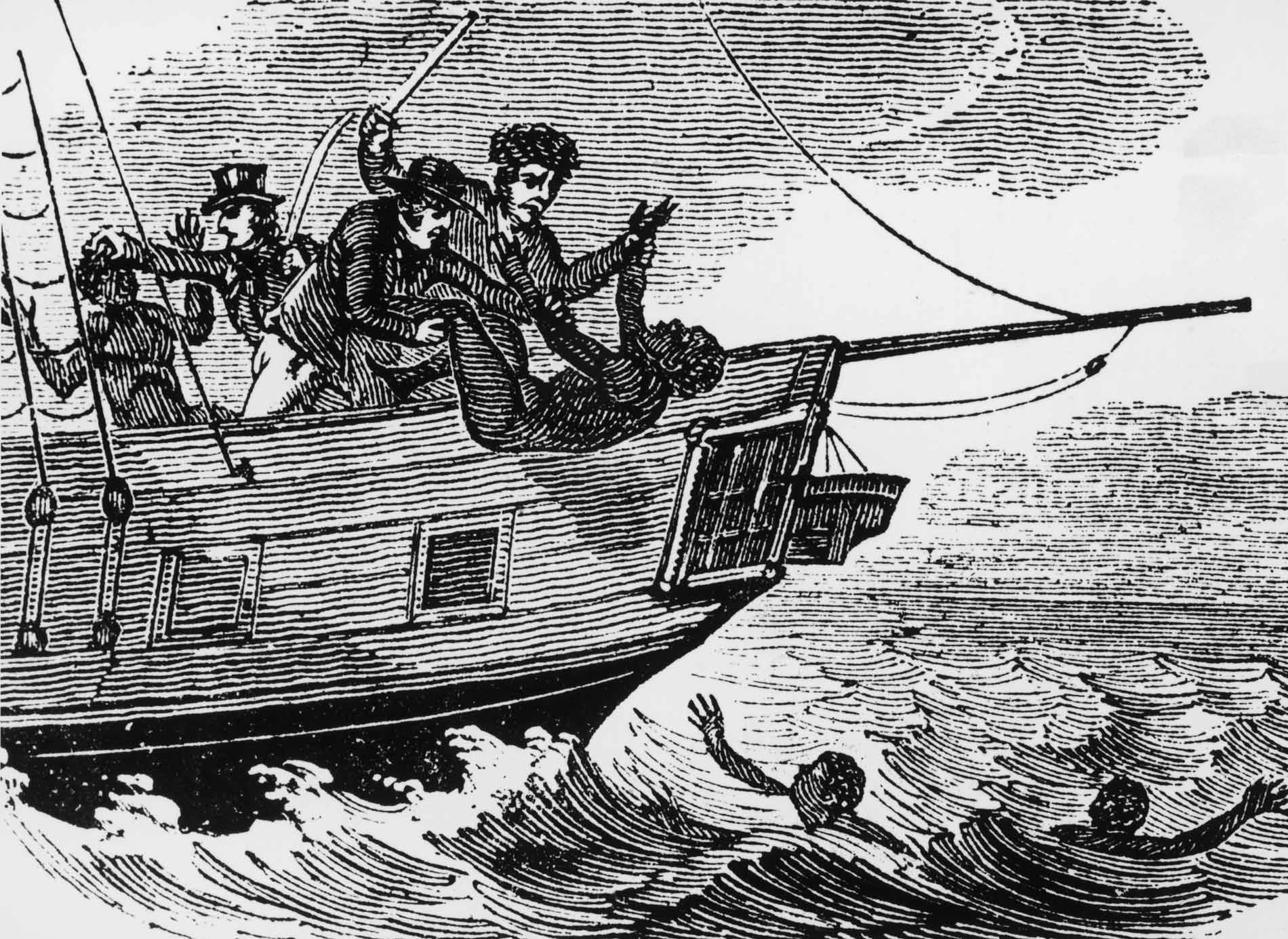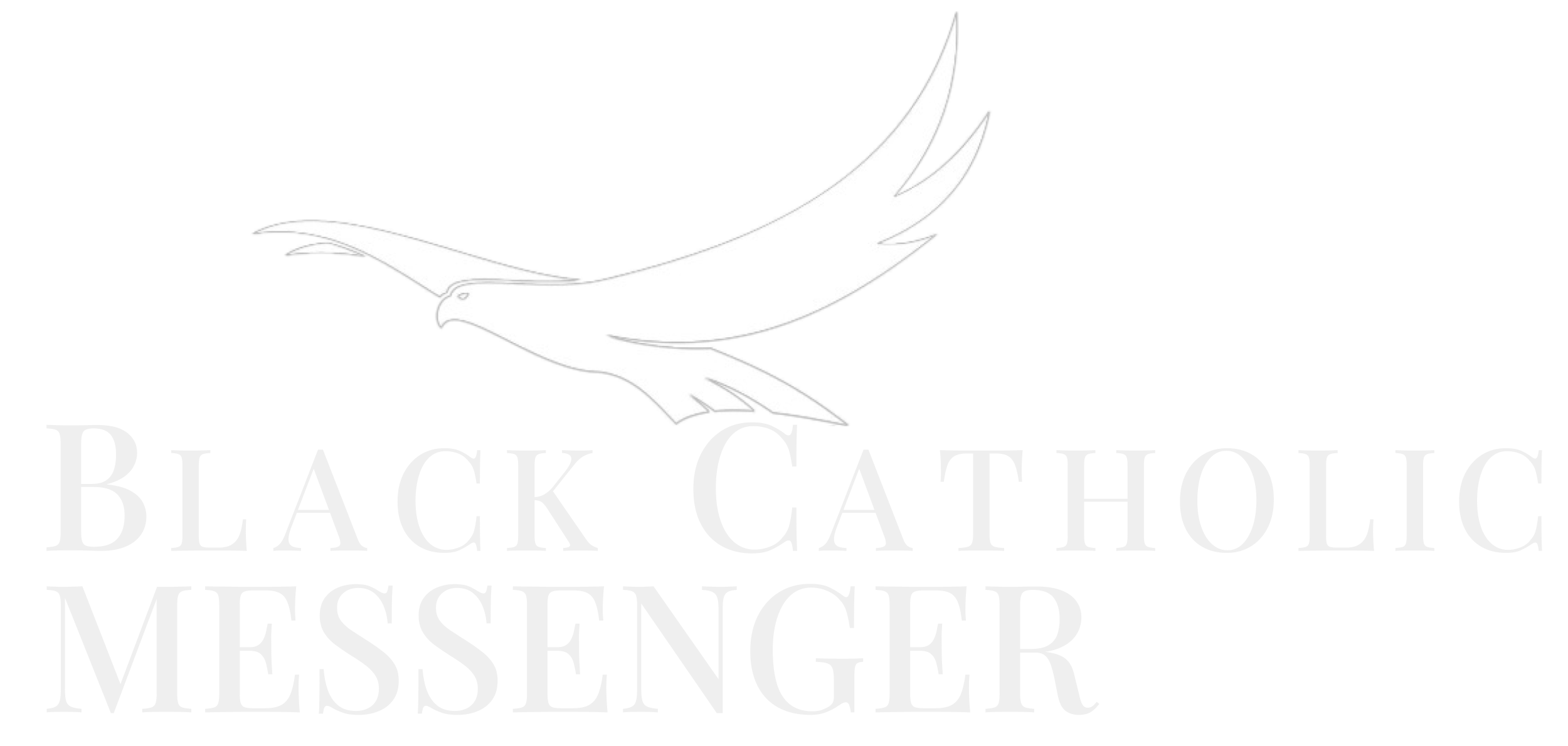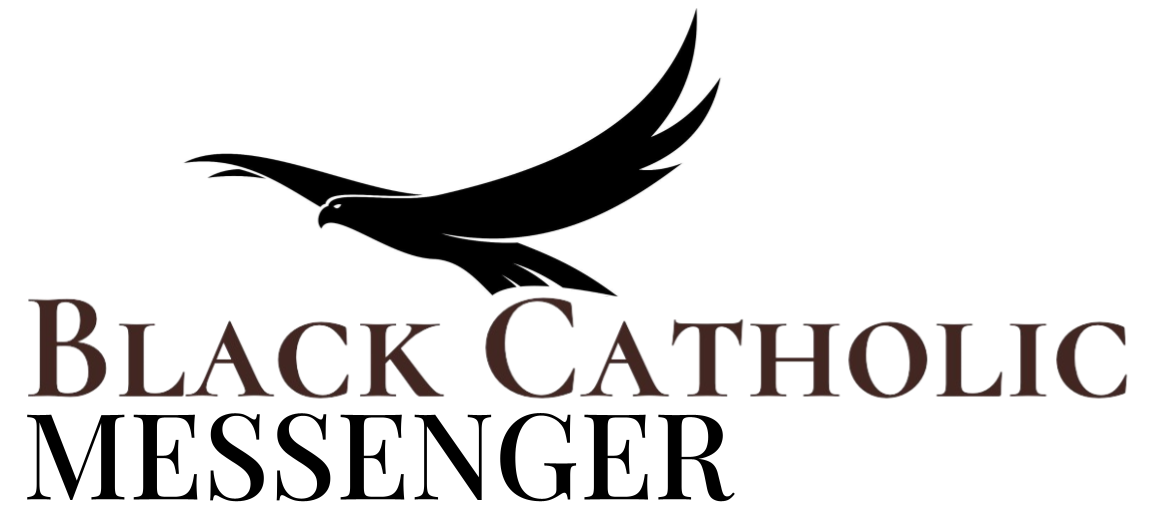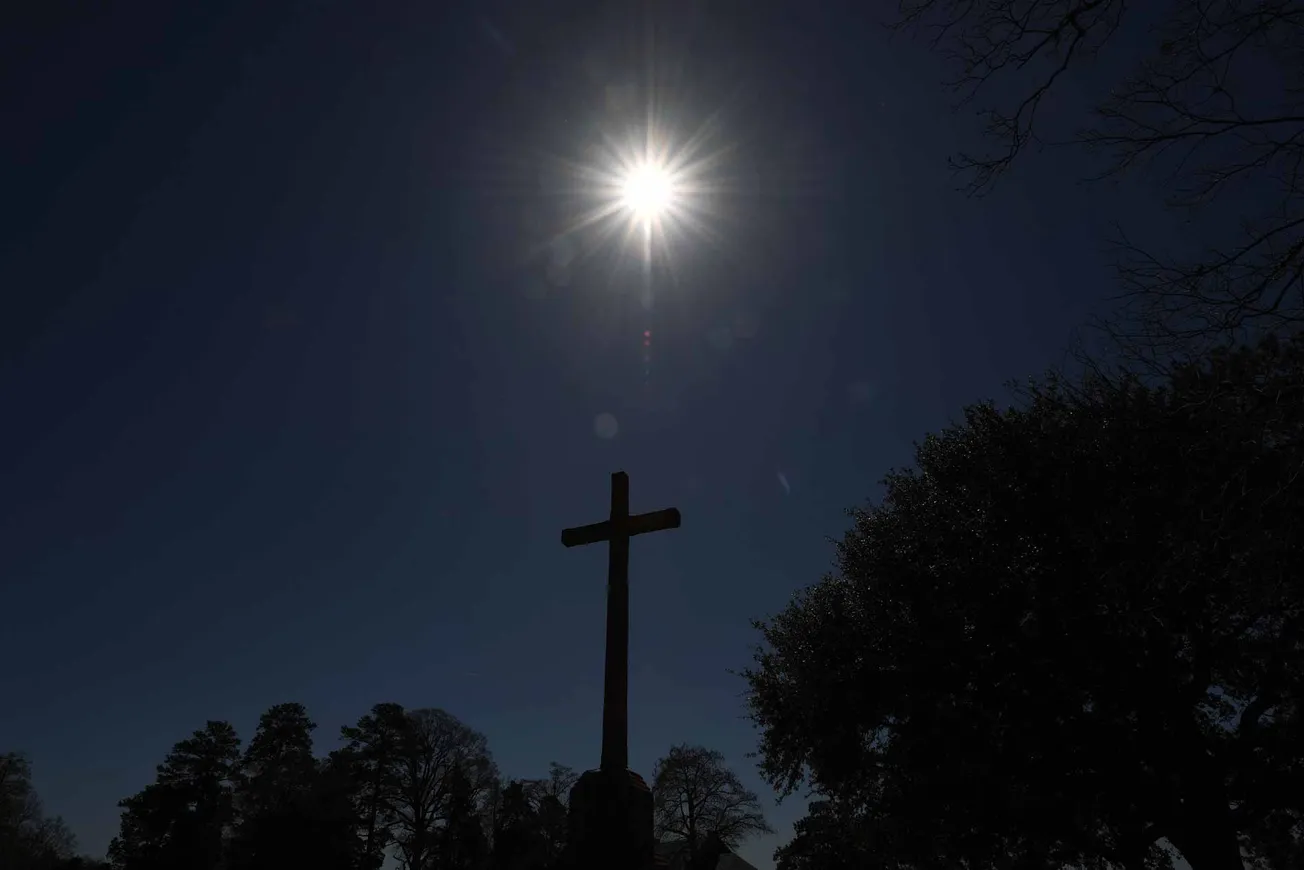Catholic communities today are facing significant challenges. In addition to the clericalism that has been around for centuries, the Church is facing distrust because of the sexual abuse scandal, disappointment because of parish closures, and historic injustices such as colonization, slavery, racism, and violence against Native Americans.
The Catholic sex abuse scandal has shown the worst side of clericalism. The Church hierarchy chose to protect its clerics and the institution at all costs and at the expense of the most vulnerable. According to the 2004 John Jay Report, “The Nature and Scope of Sexual Abuse of Minors by Catholic Priests and Deacons in the United States 1950-2002,” sexual abuse of minors was widespread throughout the country.
“The survey responses make it clear that the problem was indeed widespread and affected more than 95% of dioceses and approximately 60% of religious communities.”
According to the report, “approximately 4% of Catholic priests and deacons in active ministry between 1950 and 2002 have been accused of the sexual abuse of a youth under the age of 18.” When looking at the year of ordination, the report found that “the percentages of accused priests range from a maximum of almost 10% in 1970, decreasing to 8% in 1980 and to fewer than 4% in 1990.”
In 2022, a New York court released the deposition transcript of Bishop Howard Hubbard, who led the Diocese of Albany from 1977 to 2014. He testified that he attempted to cover up sexual abuse allegations instead of seeking justice and providing support for the children and families impacted.
“[Hubbard] described in unusually frank terms how he moved diocesan priests who had been accused of molesting children in and out of treatment centers and back into ministry. He admitted that the transfers were consistently made without informing local police, families of abuse victims or Catholics in Albany’s parishes, where the men were reassigned.”
(Kevin Clarke, America Magazine)
When priests admitted to Hubbard that they committed abuse, Hubbard did not report it to police. When pressed as to the reason why, Hubbard said he felt that as the bishop, he was “required” to protect the reputation of the Church and his diocese.
In 2024, OSV News found that an $880M abuse settlement from the Archdiocese of Los Angeles brought the total payout amount for U.S. Catholic dioceses to more than $5 billion.
In response to this widespread sexual abuse scandal, throes of Catholics have left the Church, which has been forced to close or merge parishes and schools throughout the country. FutureChurch, a Catholic nonprofit that advocates for Church reform, commissioned a 759-page CARA report to investigate such closures.
“Between 1970 and 2020, baptisms declined 57%, Catholic marriages declined 78%, and Catholic funerals declined 14%,” it found. The report also noted that Black, Latino, and poor parishes are disproportionately closed.
While the average proportion of white residents was lower in neighborhoods where parishes closed and higher in neighborhoods where parishes were opened, “in all 11 dioceses, the average proportion of people below the poverty line, people unemployed, Blacks/African Americans, and Hispanics/Latinos was higher in those neighborhoods where parishes closed/were absorbed than in those neighborhoods were parishes opened/expanded,” the report concluded. (The sole exception was for Hispanic/Latino neighborhoods in the Archdiocese of Miami.)
The correlation between parish closures and the percentage of Black residents was statistically significant in nine dioceses, while it was only statistically significant for the percentage of Latino residents in two dioceses.
In a written comment on the report, Dr. C. Vanessa White wrote to Religion News Service that “Black Catholics in closed parishes experience ‘emotional and spiritual pain’… and have expressed concern and anger ‘at what is perceived as a failure of Catholic leadership to pastorally and spiritually care for the needs of Black Catholics.’”
Such closure patterns stand in direct contrast to the preferential option for the poor, which emerged from Latin American liberation theology. Especially when Catholic schools are closed in low-income Black communities that have underperforming public schools, it often removes the one source of education that has the potential to lift students and families out of poverty through educational attainment. Closing these churches and schools had devastating impacts that ripple through the community for generations.
Unfortunately, the disparate treatment of Black and Latino Catholics continues centuries of systemic oppression inflicted on people of African descent and the Indigenous, whom the Catholic Church has not truly reckoned with. As Fania Davis also writes, “Our nation was born in the horrific traumas of genocide and slavery. Because we have neither fully acknowledged nor reckoned with these twin traumas, much less worked to heal them, they perpetually reenact themselves transgenerationally.”

Sr Jamie T. Phelps explains how the Catholic Church’s seminal blessing of the transatlantic slave trade, which led to the enslavement of people of African descent for four centuries, and the near genocide of Indigenous people due to European colonization of the Americas, were the original sins of this nation and the U.S. Catholic Church.
“The social-cultural complexity of our Colonial History (1492-1780) provided the context for the first chapter of the mission history of the United States. Columbus and subsequent explorers and missionaries from Spain, Portugal, France, and England came to these shores not only as emissaries of their Queens and Kings but as “instruments of God” with a divine mission and gospel mandate to “go out all over the world and preach the gospel to all creation…
“The underside of the colonial enterprise castes shadows on the history of missionary expansion: the conquest of Native Americans, the enslavement of Africans, and the segregation of both on reservations and plantations respectively. Christian churches not only were silent regarding the immorality of the processes but often aided and abetted the conquest by provided a religious legitimation for such actions. Notions of cultural, racial, intellectual, and moral superiority, coupled with the theology of “manifest destiny,” grounded both colonial and missionary expansion.”
(“Black and Catholic: The Challenge and Gift of Black Folk : Contributions of African American Experience and Thought to Catholic Theology”)
Additionally, the Catholic history we are taught focuses almost exclusively on European colonizers and immigrants. The experiences of Native, Black American, Hispanic, and Asian Catholics are, according to Phelps, “relegated to margins or to collected anecdotes in volumes of general U.S. history.”
One such story that has been brought to the fore in recent years came via the Black Catholic journalist Rachel L. Swarns, who exposed the Church’s owning and selling of African Americans who built Georgetown University. In “The 272: The Families Who Were Enslaved and Sold to Build the American Catholic Church,” Swarns writes:
“For more than a century, the American Catholic Church relied on the buying, selling, and enslavement of Black people to lay its foundations, support its clergy, and drive its expansion. Without the enslaved, the Catholic Church in the United States, as we know it today, would not exist.”
Even so, there is hope for healing. Catholic Mobilizing Network (CMN) believes that restorative practices can enable Catholics to listen, rebuild trust, and deepen a culture of encounter. In “Conversations in Communion: Parish Dialogues for Connection & Understanding,” CMN writes:
“Listening ennobles everyone involved: those who share and those who receive. This is a sacred discipline of being radically present to the wholeness of one another’s humanity. Listening processes that are crafted with intention create the conditions for metanoia, as hearts, minds, and spirits may be converted and new possibilities revealed by presence to one another and the movement of the Holy Spirit.”
“The aims of the [Synod on Synodality] and the practices of restorative justice invite us all to a profound posture of listening, of encountering one another by recognizing our equal, shared, God-given dignity, and of centering marginalized people and excluded voices. Each invites us to invoke the Holy Spirit’s accompaniment, to slow down and notice how the Spirit of God is moving through and with the Body of Christ—inside and outside the Church—so that we may more wholeheartedly and effectively fulfill our mission to proclaim the Good News in a hurting world that needs the love of Christ.”
Though the challenges facing the Catholic Church are very large, I believe small efforts at every parish are needed to retain parishioners and bring back former Catholics who may have left due to unaddressed traumas and unanswered questions. A radical commitment to listening is a way to build community focused on storytelling and heartfelt conversations. The Church must make space to allow people to express and hold an array of emotions and experiences—even those that seem impossible to overcome.
Alessandra Harris is a co-founder of Black Catholic Messenger, author of three novels and a non-fiction title, "In the Shadow of Freedom: The Enduring Call for Racial Justice." In addition to holding degrees in Religious Studies and Middle East Studies, she is pursuing a Graduate Certificate in Restorative Justice and Chaplaincy from Santa Clara University.









